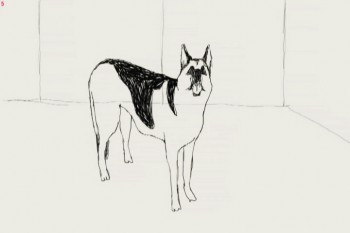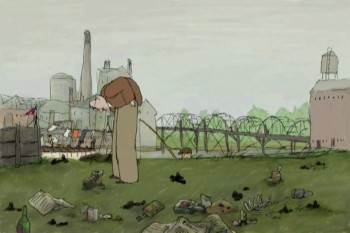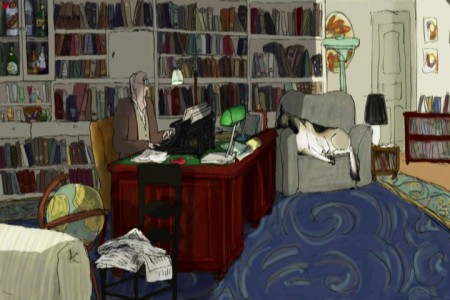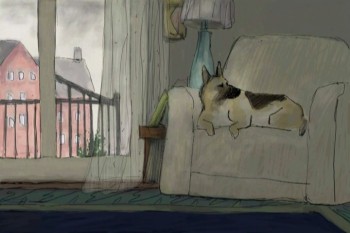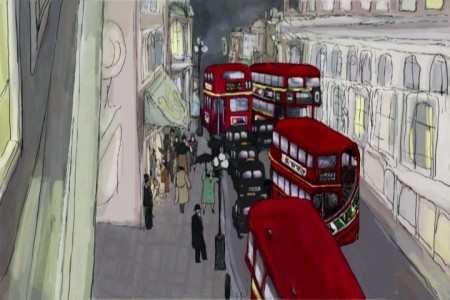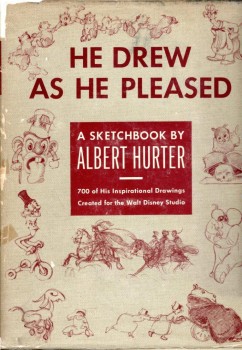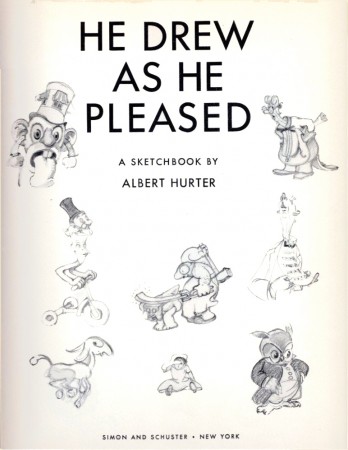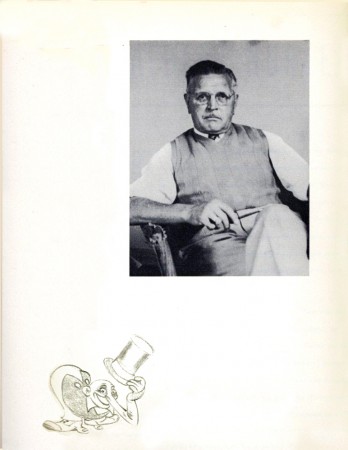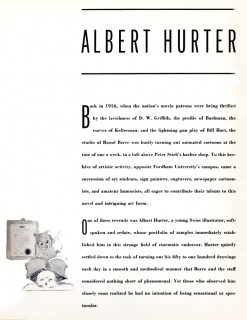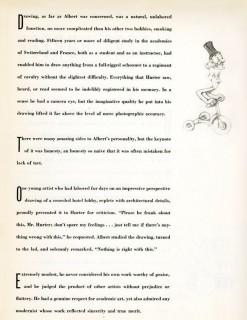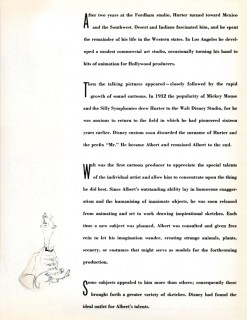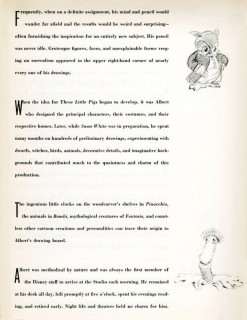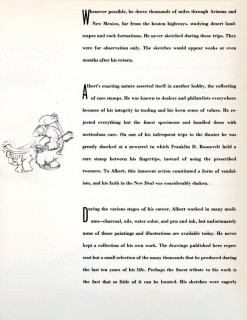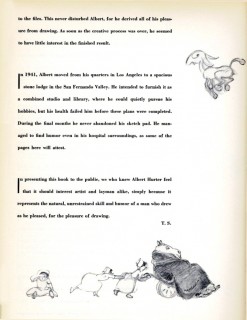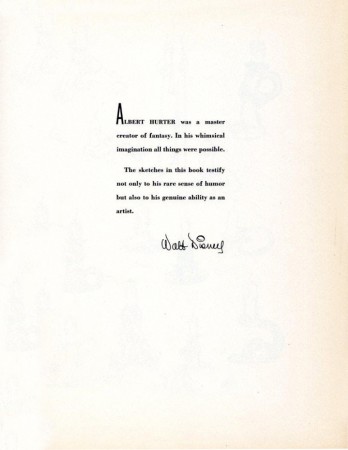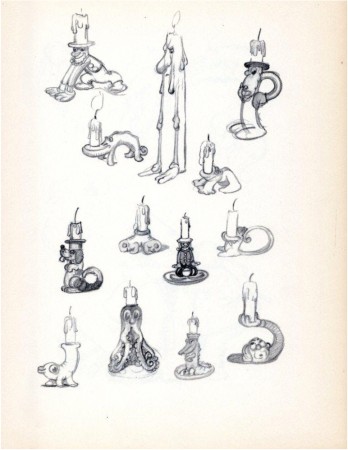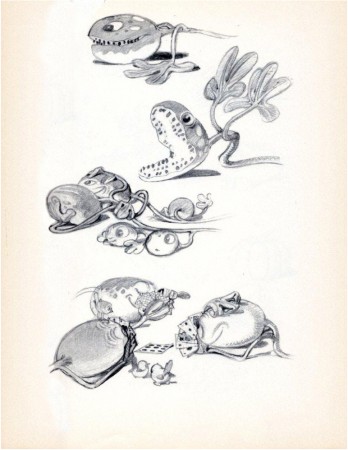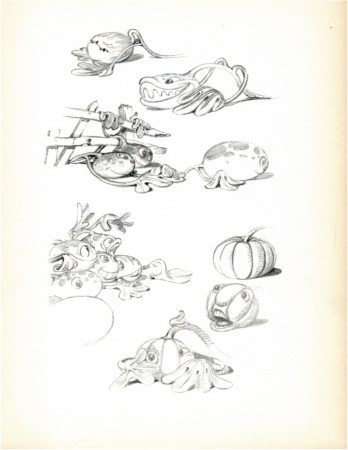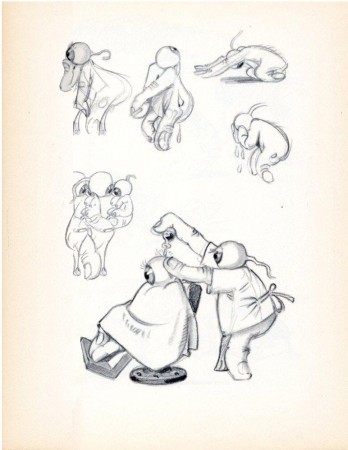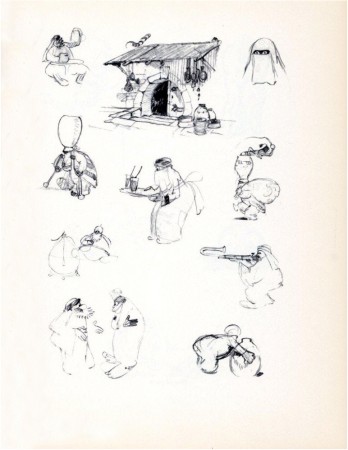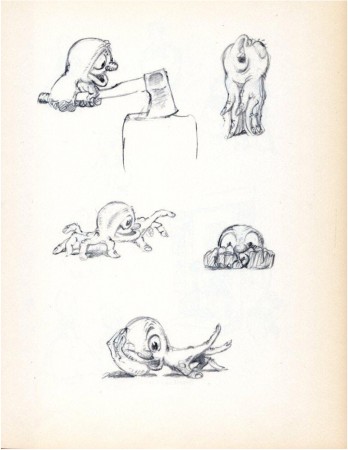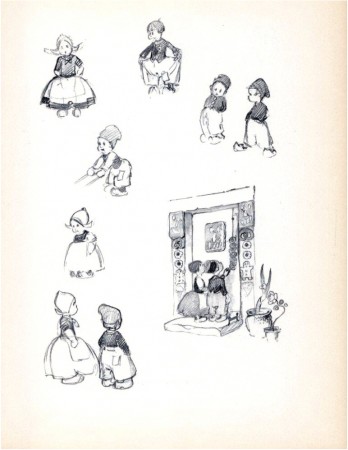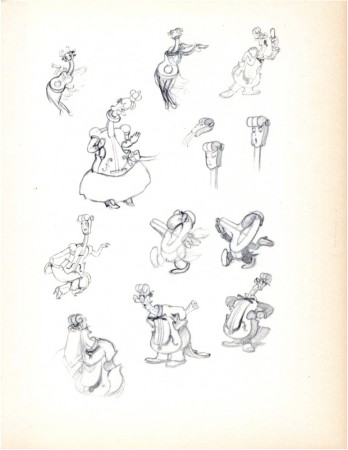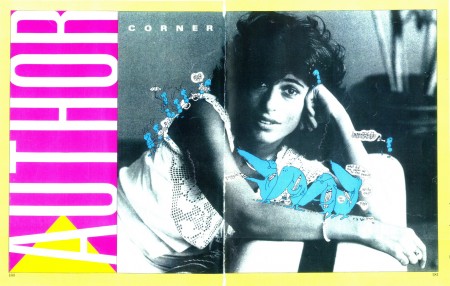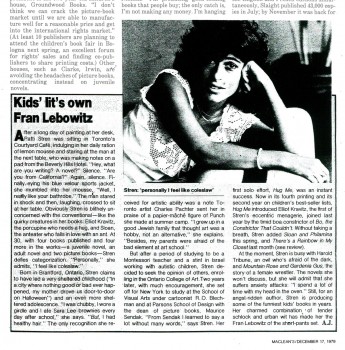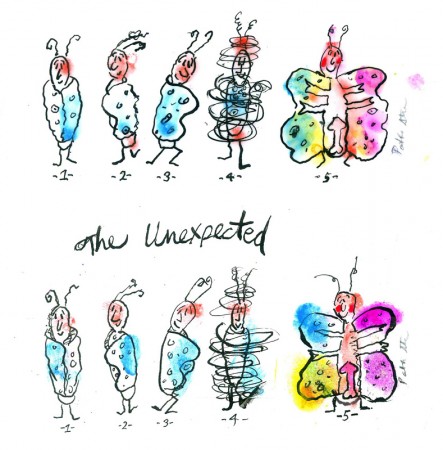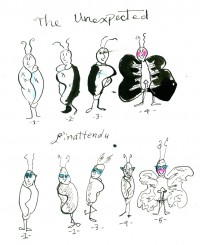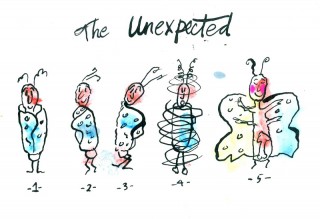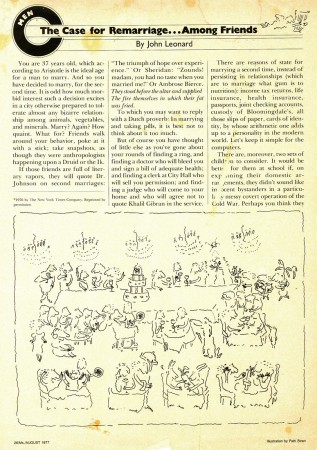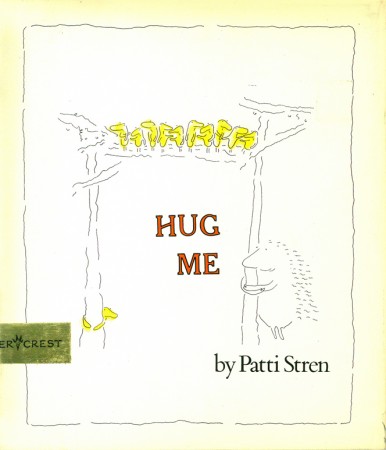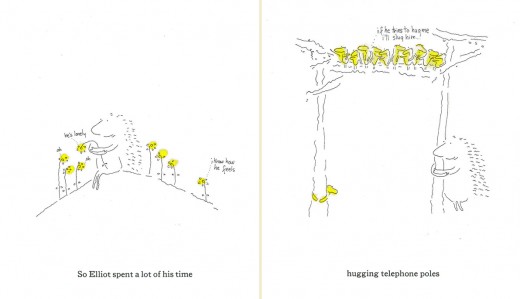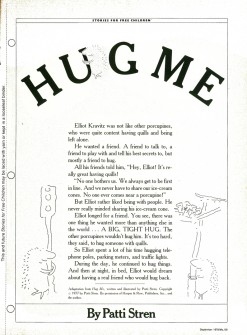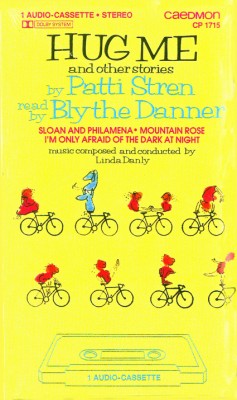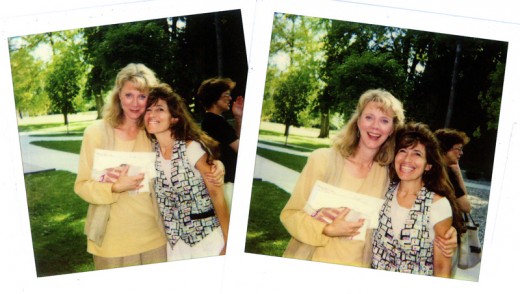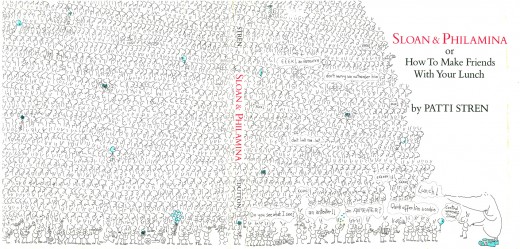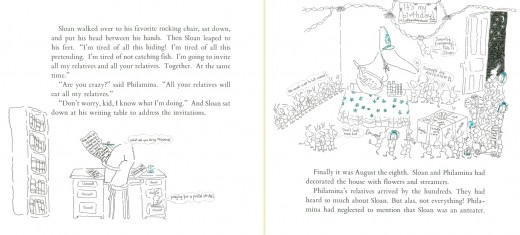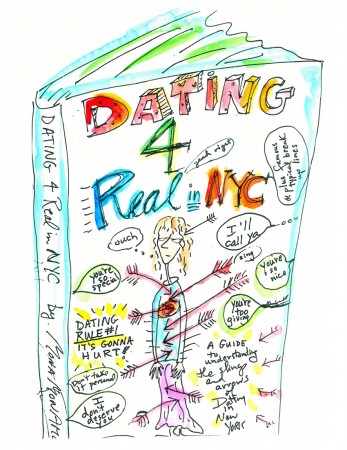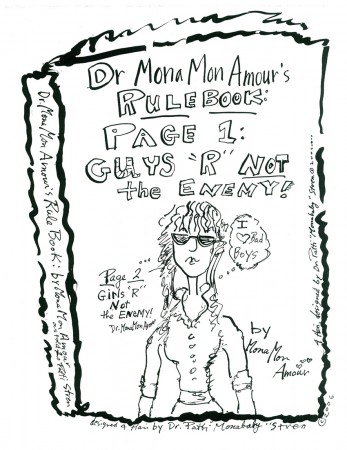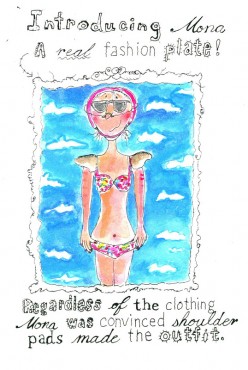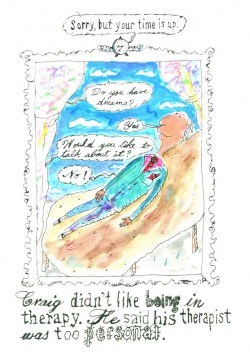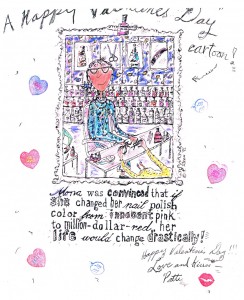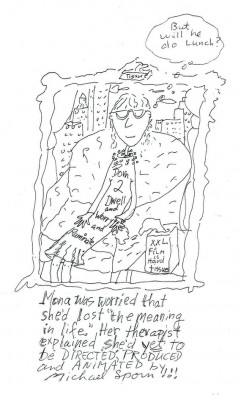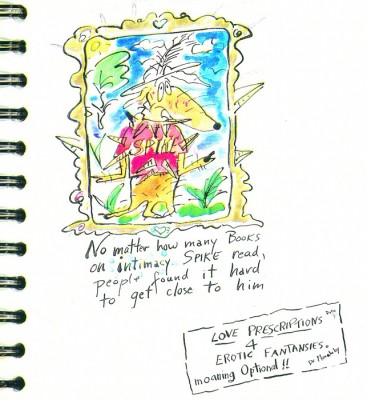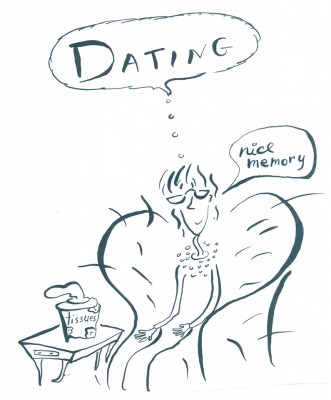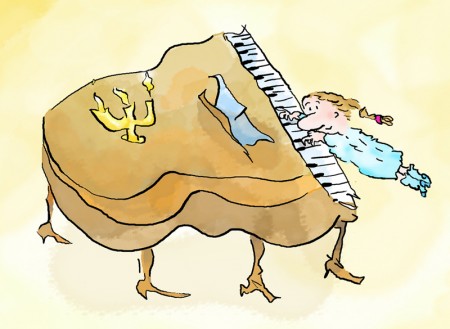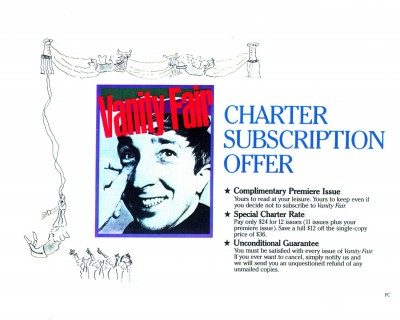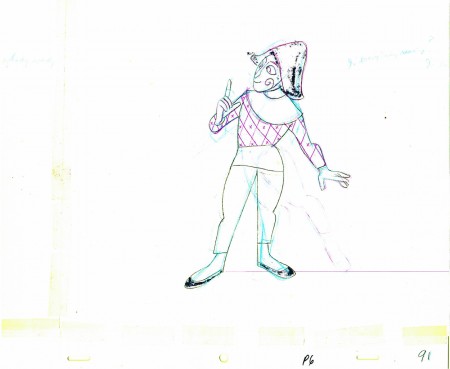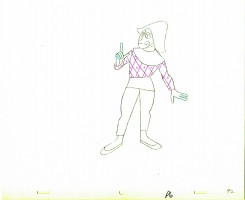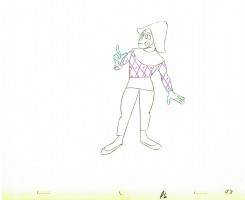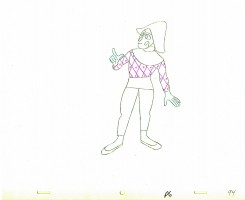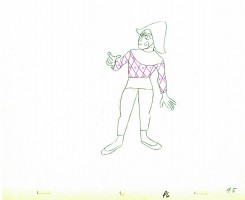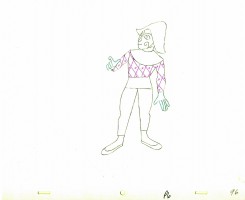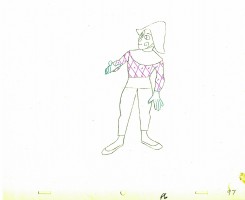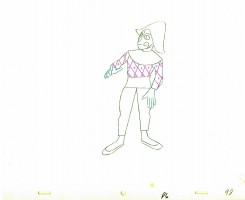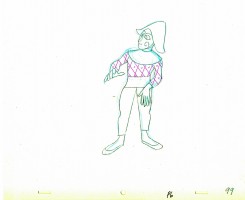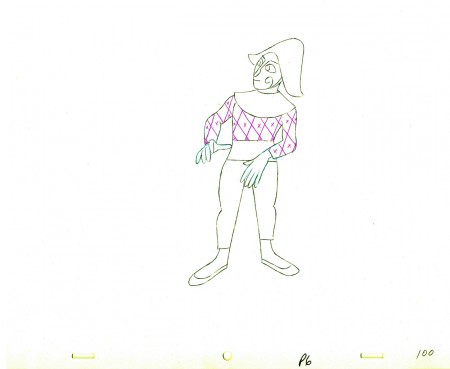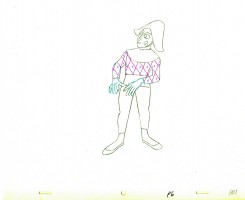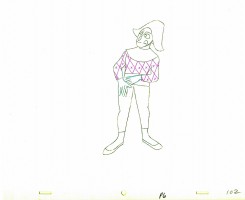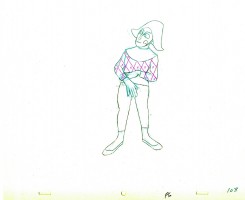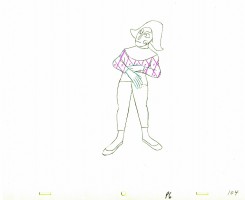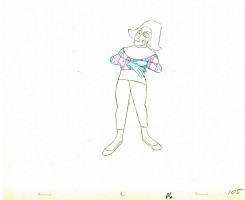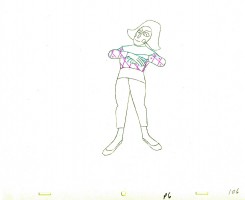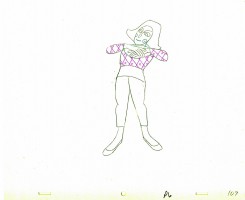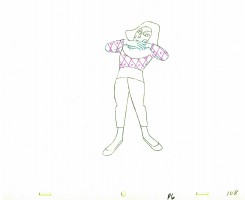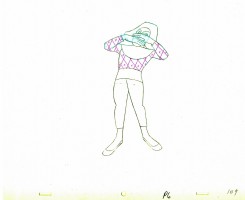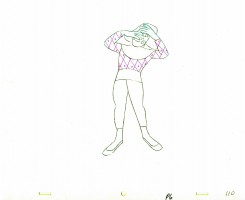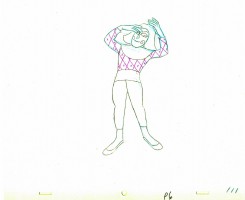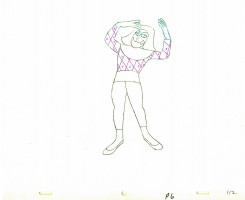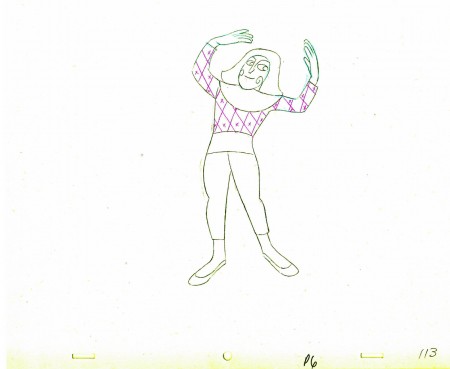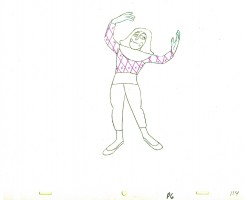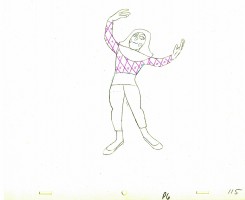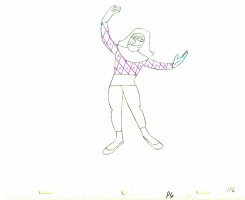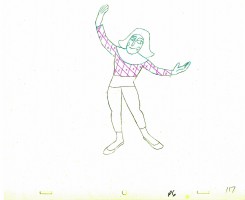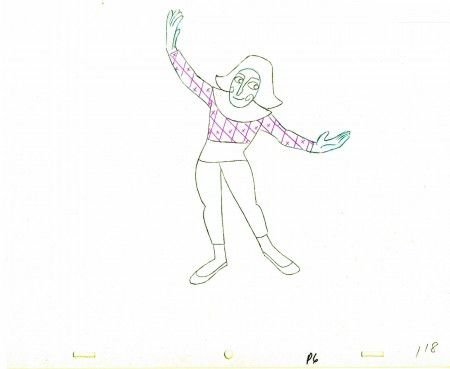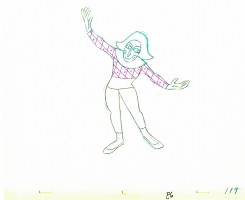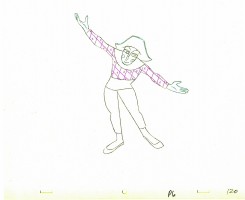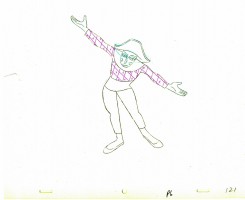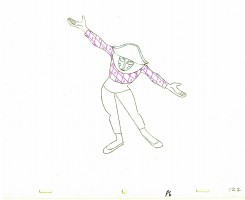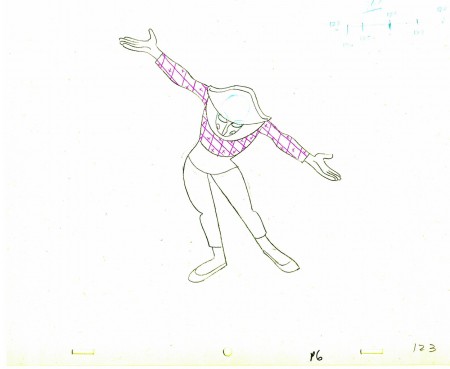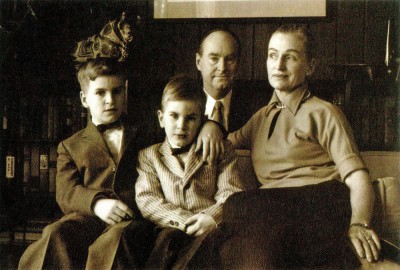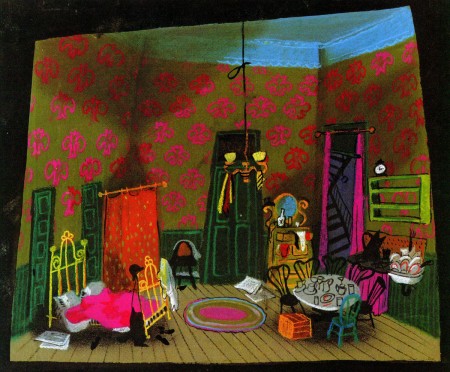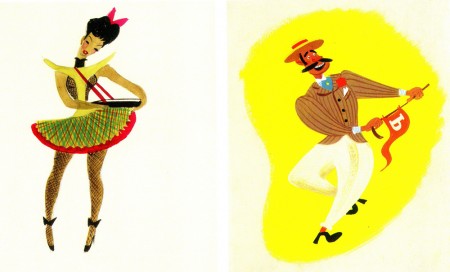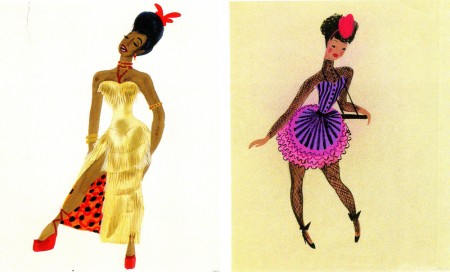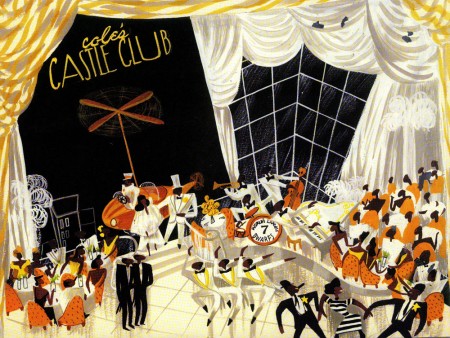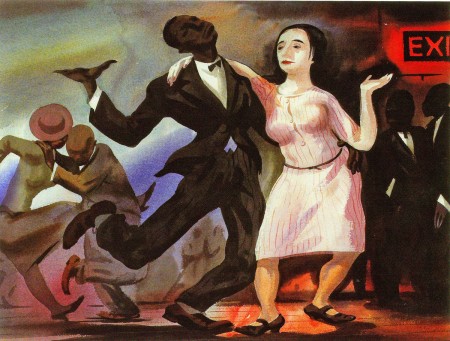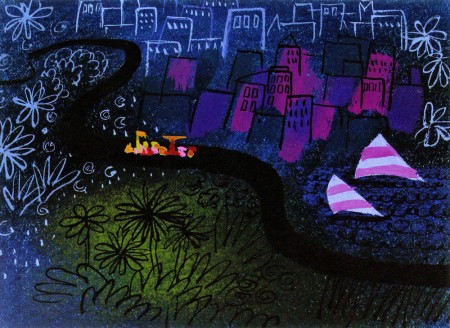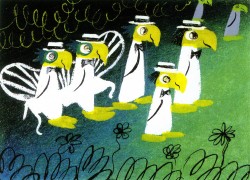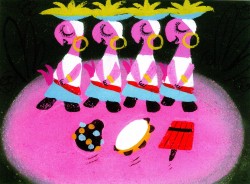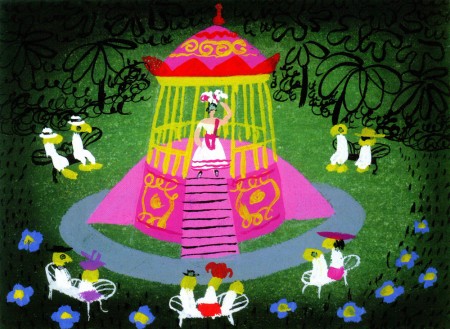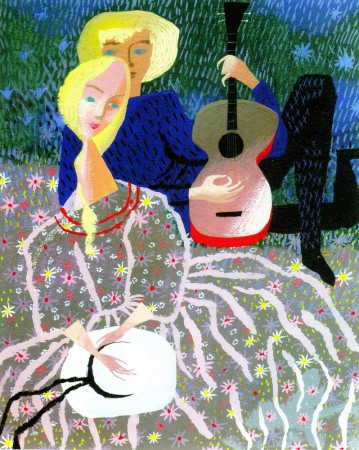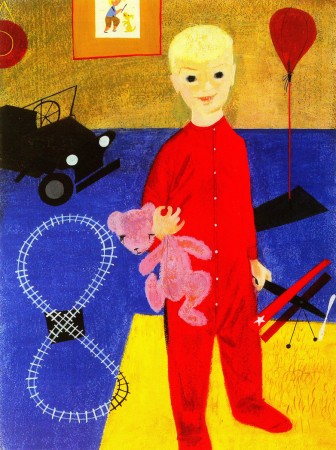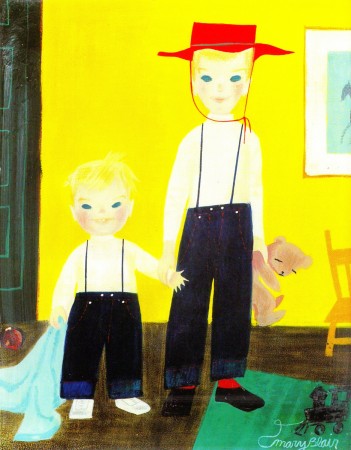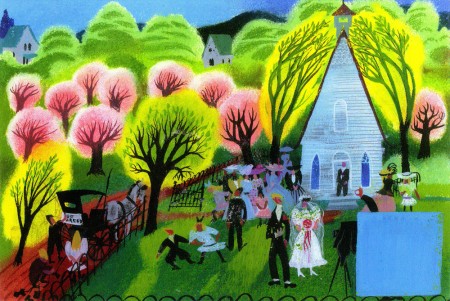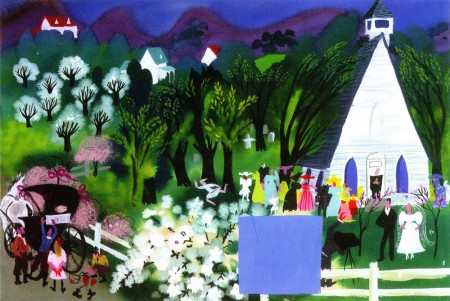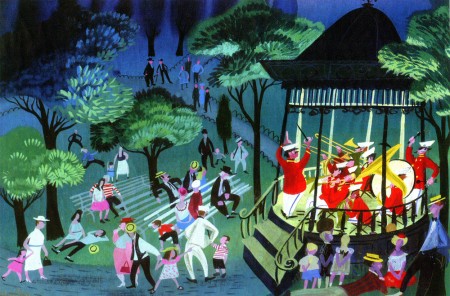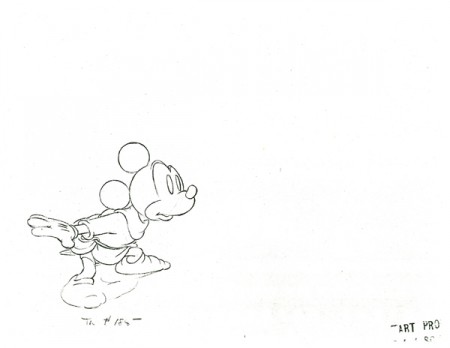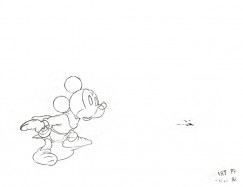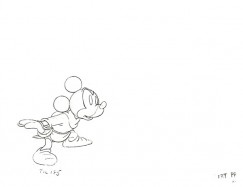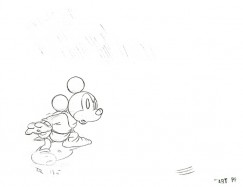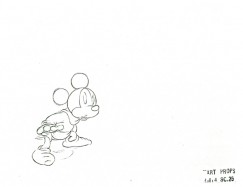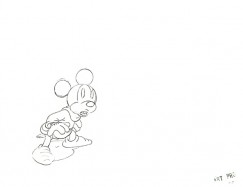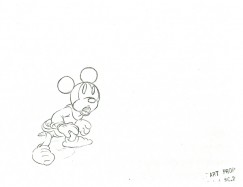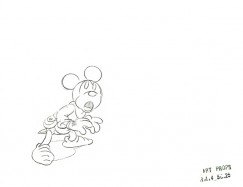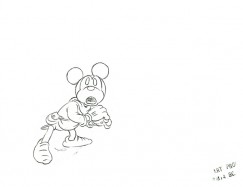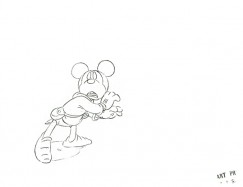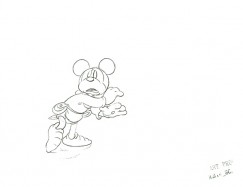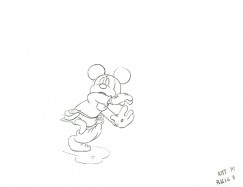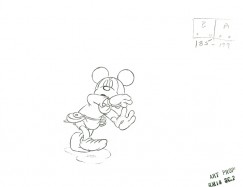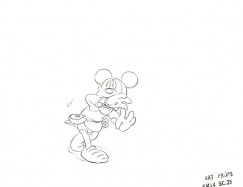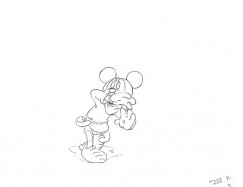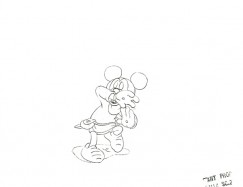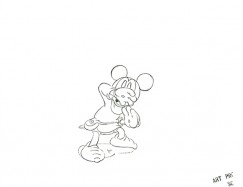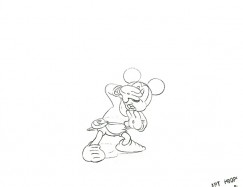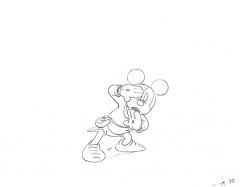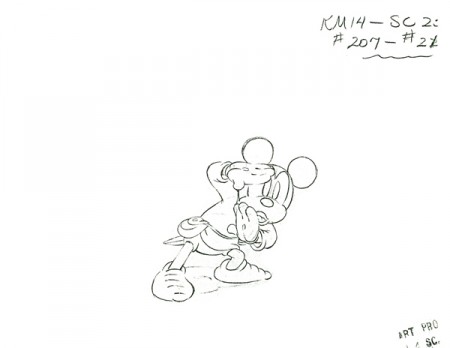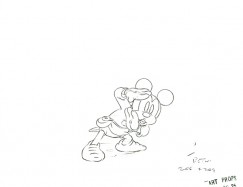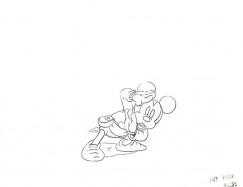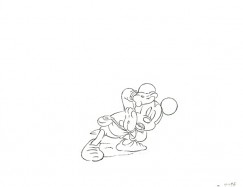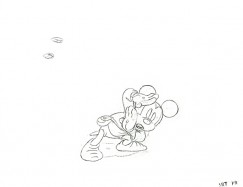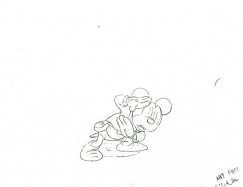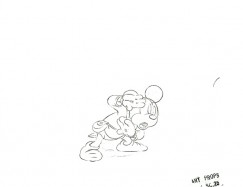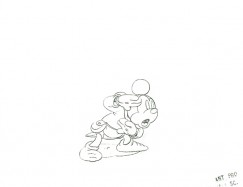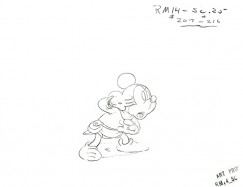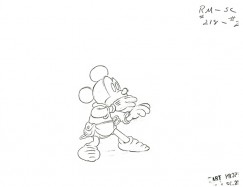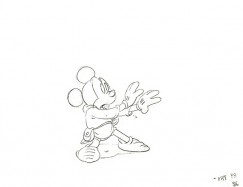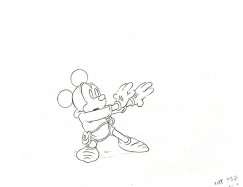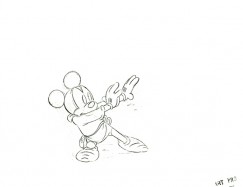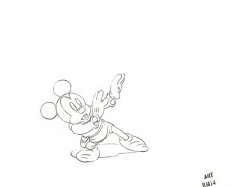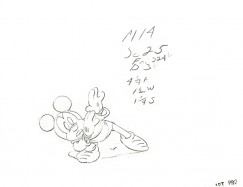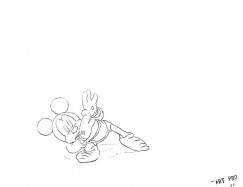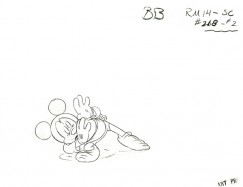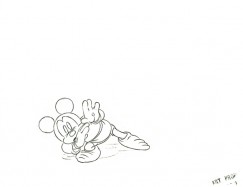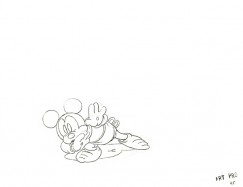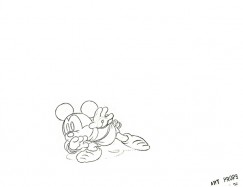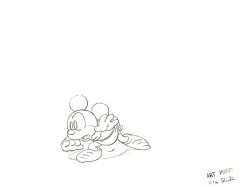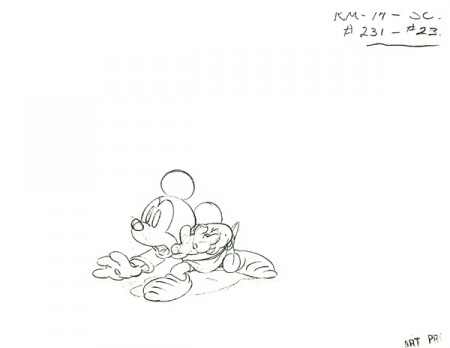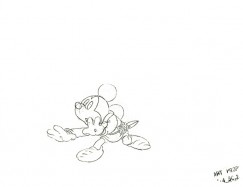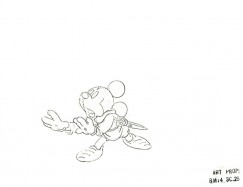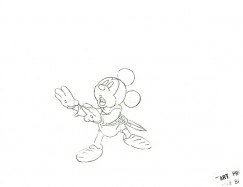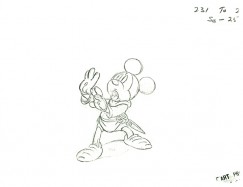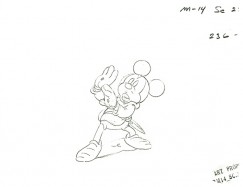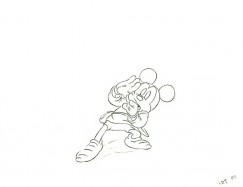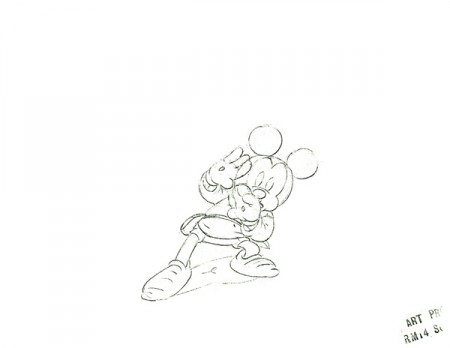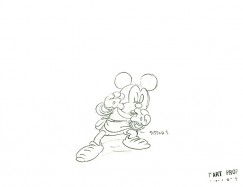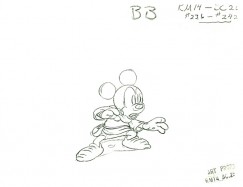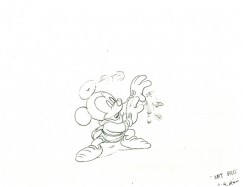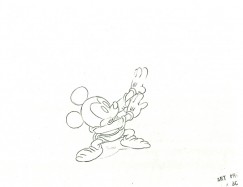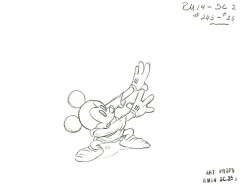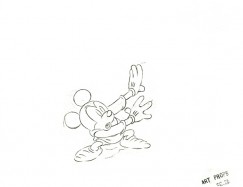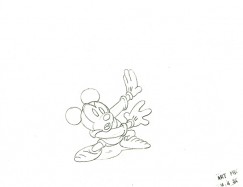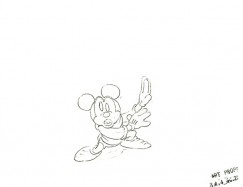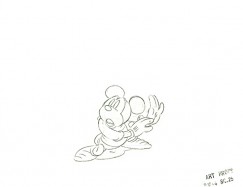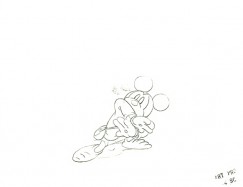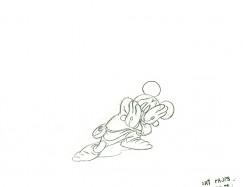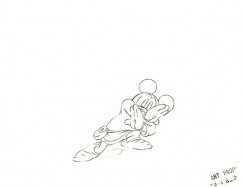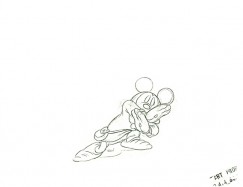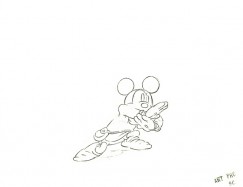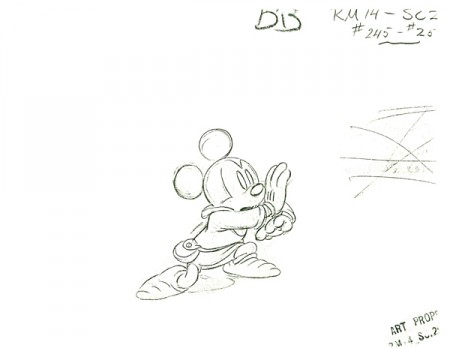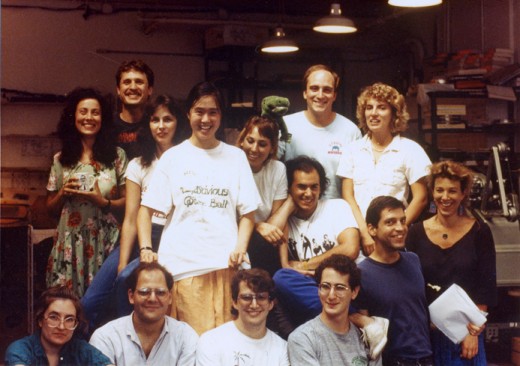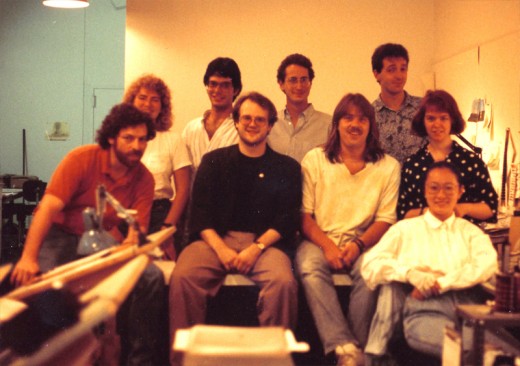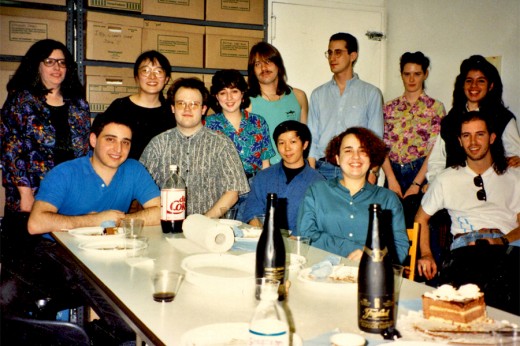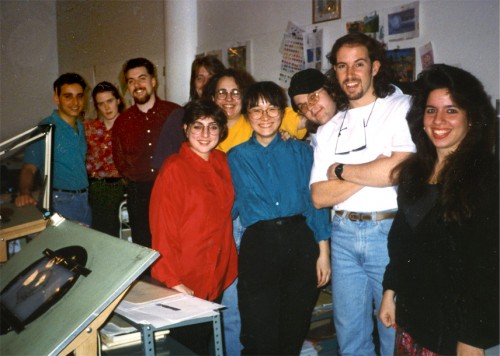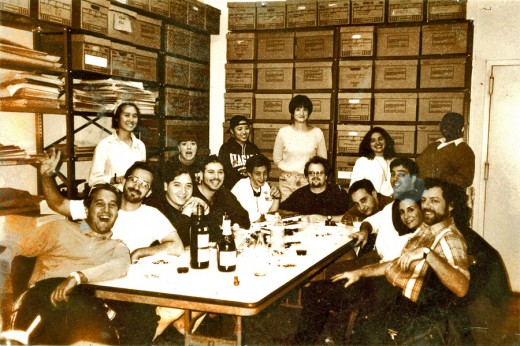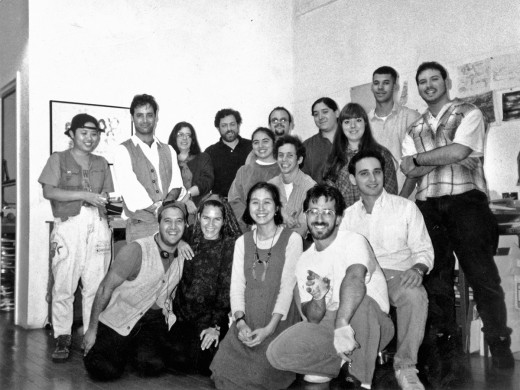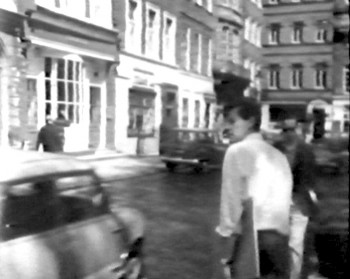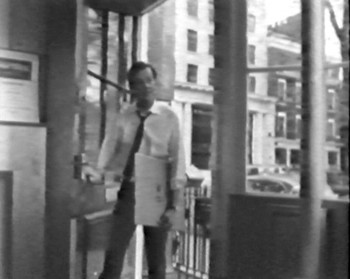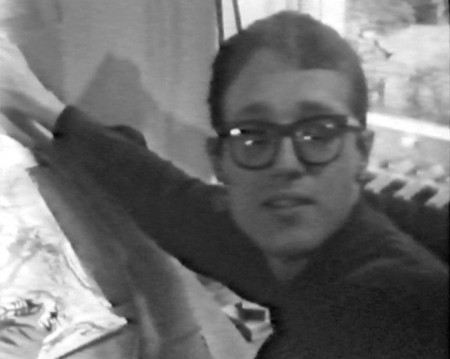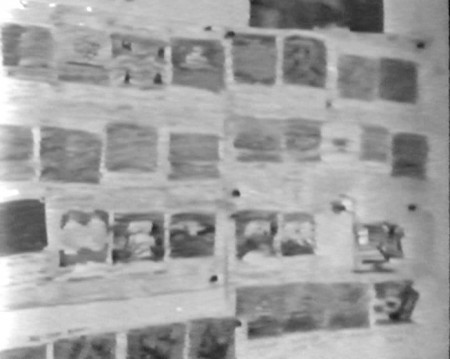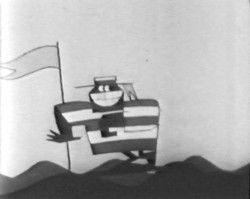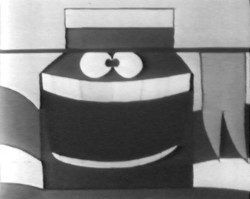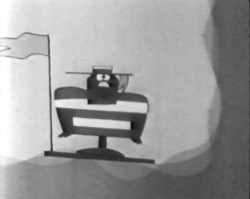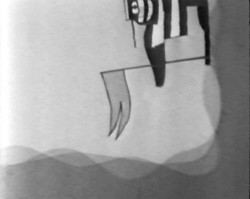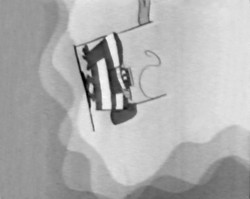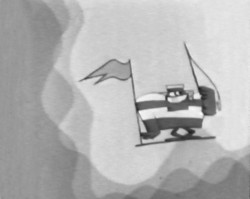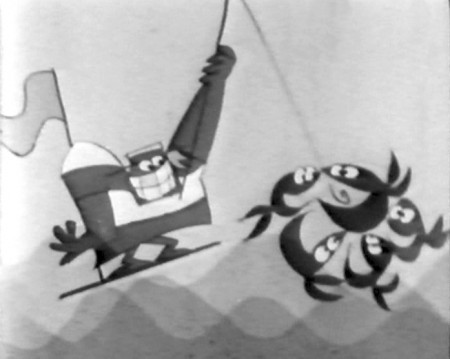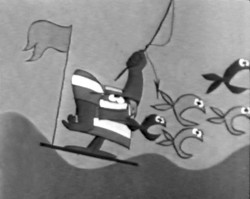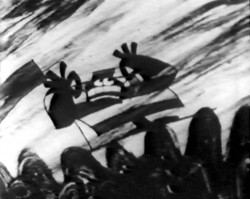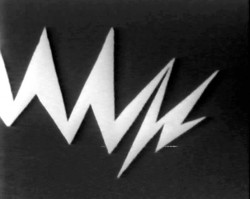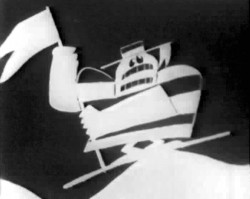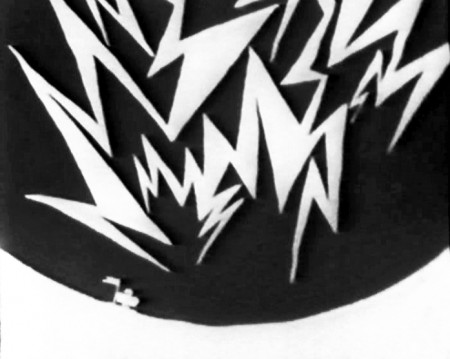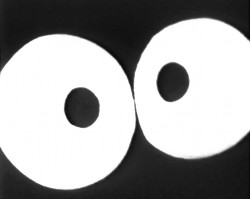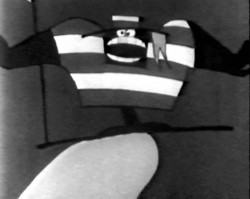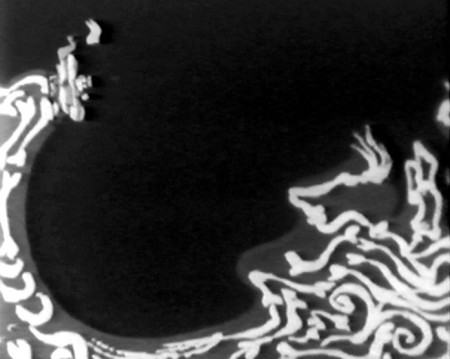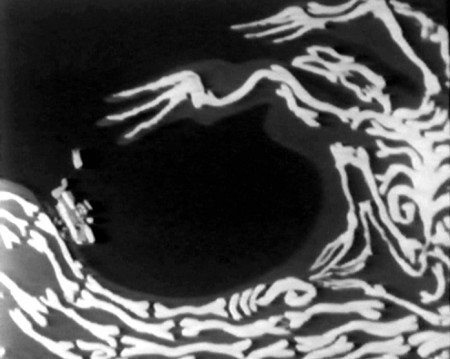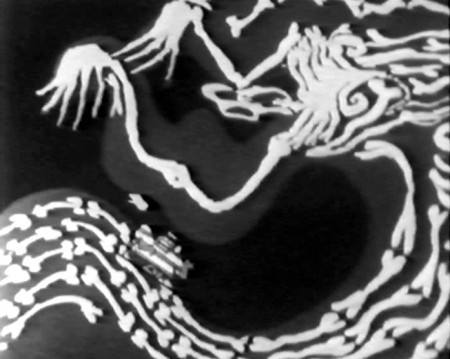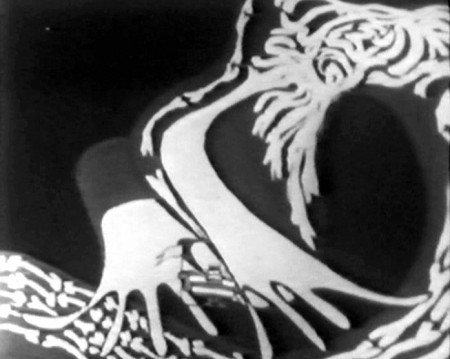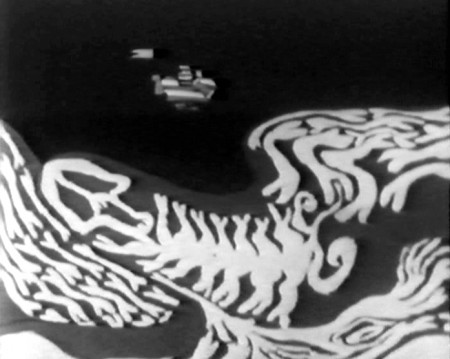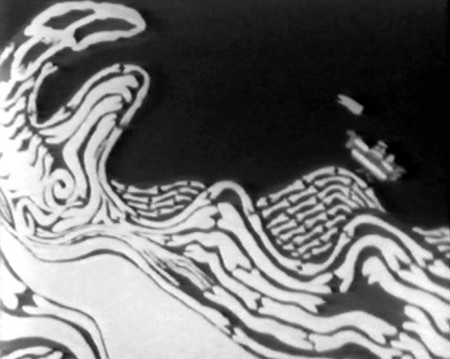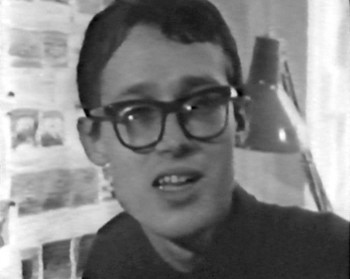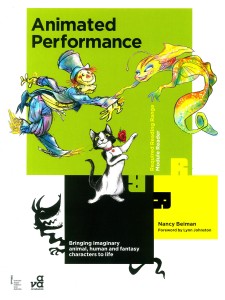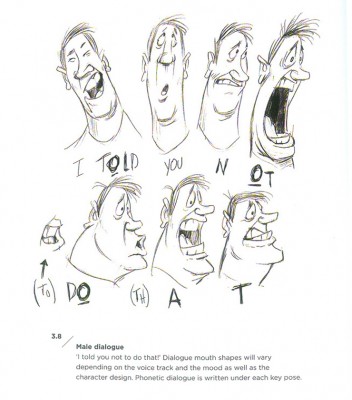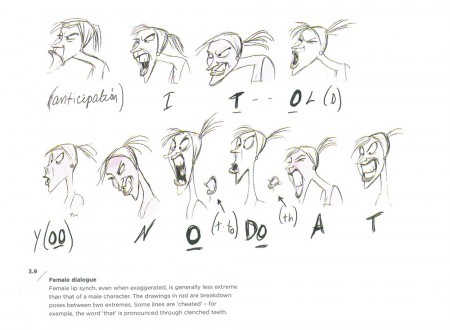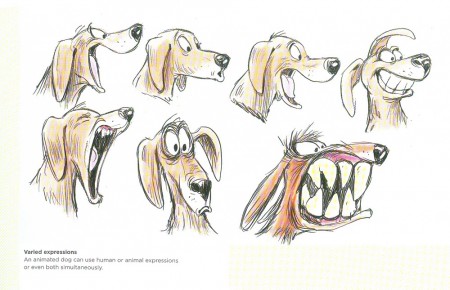Animation &Frame Grabs &Independent Animation 12 Sep 2010 07:50 am
Bill Plympton talks Idiots & Angels
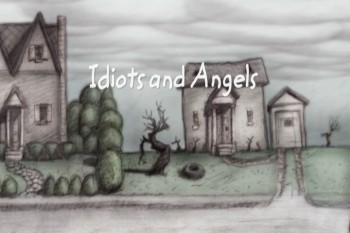 - Opening on October 6th at the IFC Film Center is Bill Plympton‘s most recent animated feature, Idiots and Angels. This like Bill’s other animated features is a labor of love; how could it be anything else when a small group works to produce 90 minutes of animation.
- Opening on October 6th at the IFC Film Center is Bill Plympton‘s most recent animated feature, Idiots and Angels. This like Bill’s other animated features is a labor of love; how could it be anything else when a small group works to produce 90 minutes of animation.
Bill’s style for this film has grown a bit darker and the subject is more cohesive for a full-length story. The look is more dark Eastern European than bright-cheery American. This makes it very grraphic and very much in the heart of Bill’s style.
I had the opportunity of interviewing him and asking 10 questions which illuminate a lot behind the process:
Michael Sporn: The story is probably your most complicated for a feature. The lead character is a bitter and nasty person (the “Idiot” of the title) whose wings (the “Angel”) take over his body to reveal his better nature. Where did this idea come from and what encouraged you to develop it?
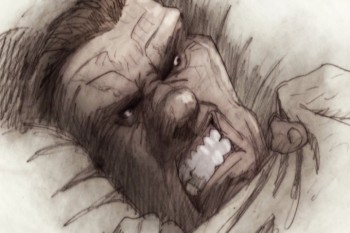 Bill Plympton: The idea for “Idiots and Angels” first came to me when I was in an animation festival in Lille, France and after screening “Hair High”, this French guy asked me what my next film would be—and off the top of my head, (I don’t know where it came from) I said “It’s a story about an asshole guy who wakes up one morning with tiny wings growing out of his back and he doesn’t like it because they make him do good things.”
Bill Plympton: The idea for “Idiots and Angels” first came to me when I was in an animation festival in Lille, France and after screening “Hair High”, this French guy asked me what my next film would be—and off the top of my head, (I don’t know where it came from) I said “It’s a story about an asshole guy who wakes up one morning with tiny wings growing out of his back and he doesn’t like it because they make him do good things.”
The kid said he liked the idea, and as I thought about it, so did I. In fact, that night as I lay in my hotel bed, I began to create the character, his environment, and little story sequences.
People say this is my most mature film. It talks about morality, spirituality, and the human soul—they say Bill Plympton is growing up. I hope not, because I will always want to make weird, surreal, offensive comedies.
MS: The draftsmanship in this film is probably your finest. There’s a lot of rendering on the characters using a limited number of colors. It’s perfectly tuned to the film. I wonder how all that line work and rendering is done. You animate the entire film yourself, but surely you must have a lot of help with the rendering? Do you do extremes to set the style and have others follow through?
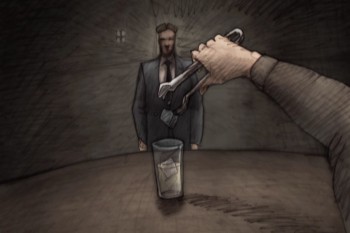 BP: The technique for this film is very new for me. All my other films were shot on a camera stand and now that the cost of digital to film transfer has come down to my pocketbook level, I’m able to scan the drawings and shade/color them digitally.
BP: The technique for this film is very new for me. All my other films were shot on a camera stand and now that the cost of digital to film transfer has come down to my pocketbook level, I’m able to scan the drawings and shade/color them digitally.
This is a great breakthrough for me, because all through my life I loved the simple look of pencil on paper. But when I began animation, my copier could never recreate the subtlety and richness of my pencil shaded drawings. So “Idiots and Angels” is the first film to properly recreate the pencil on paper look I love so much.
The process is fairly simple—I do all the animated drawings, erasing the mistakes and redrawing over the original, which gives the art a wonderful layered texure. Then I placed the humongous stack of scenes (30,000 drawings) on my co-producer Biljana Labovic’s desk and she makes sure the artwork is scanned, cleaned, composited, and most importantly colored to the noir-ish style of the concept drawings. We had a staff of about 25 people who off and on would come in to put my drawings together.
MS: – There is a lot of repetitive action in the film. That’s a major part of its style. (The repeated opening of the sunrise, clock and bird singing is obviously done over and over in many different ways.) Yet you don’t seem to use a lot of reuse in doing so. This would have been an easy option given the material. Was it a conscious choice to not do a lot of reuse?
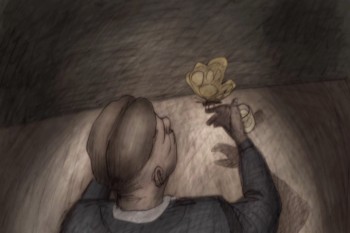 BP: Over the years I’ve had a lot of criticism because my films are not fully animated. In fact, the action is fairly herky-jerky. So in this film, I tried to smooth out the action somewhat. Instead of shooting on 3′s and 4′s I shot on 2′s and 3′s. Also, I wanted to put in the extra effort to try to use different shots for scenes that were repeated, just to give it a more professional look.
BP: Over the years I’ve had a lot of criticism because my films are not fully animated. In fact, the action is fairly herky-jerky. So in this film, I tried to smooth out the action somewhat. Instead of shooting on 3′s and 4′s I shot on 2′s and 3′s. Also, I wanted to put in the extra effort to try to use different shots for scenes that were repeated, just to give it a more professional look.
However, there’s one shot where Angel attempts suicide, and I held one drawing for approximately 30 seconds and let Greg Sextro, my sound man, tell the story only through sound effects. I always love it when I can take a shortcut like that and it makes the storytelling that much more unique and interesting.
MS: Having a small independent studio involves doing a lot of jobs that don’t pertain to the actual drawing of the film. How do you travel to film festivals, teach classes within your studio, raise money for your employees’ salaries, figure out how to distribute your film and still have time to animate a feature single handedly?
BP: That’s a very good question. I’ll answer the questions in order—The travel to film festivals is fun but also is a very important part of the job. I use film festivals to make sales and spread the message of indie animation. I’ve stopped teaching the classes, because I want to devote more time to my films and teaching wears me out. The money raising is through sales of my films all over the world on TV, theatrical, DVD, and other media.
My distribution is pretty much by formula now since I have a group of buyers that consistently pay me for the rights to my films. And finally, I have time to single handedly animate my films because I don’t have a family, and I just plain love to draw.
MS: Digital production must have affected your films. Do you work with Photoshop and Aftereffects to get your work to screen? And are the drawings colored prior to scanning?
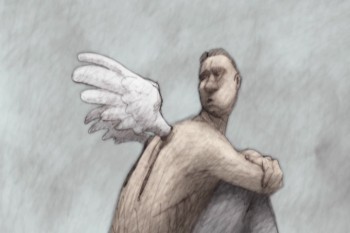 BP: The drawings are colored and shaded after they are scanned. My assistants use Photoshop to color the images, After Effects to composite the frames, and Final Cut Pro for editing and touch-up.
BP: The drawings are colored and shaded after they are scanned. My assistants use Photoshop to color the images, After Effects to composite the frames, and Final Cut Pro for editing and touch-up.
MS: Getting your films distributed has to be the hardest part of the work of feature production. Have you learned how to do it after so many features produced? Or does the business keep changing making it more difficult? Do you have any hope that a major distributor would step in to pick up the film, or do you plan to distribute it yourself?
BP: This is a very important question. There are three parts to filmmaking. 1) Raising the money, and this one is a very large barrier to many filmmakers. 2) Making the film – this is the fun part, and 3) Selling your film and actually making money off of it. This is by far the hardest part—maybe. 0.01% of filmmakers get past this barrier. To answer your question, fortunately, over the years, I’ve been able to create a name for myself and a large fan base.
So if by chance I don’t get a distribution deal I’m usually able to self-distribute, which is what I am doing with I&A. It’s a huge hassle because I have to make the deals with the cinemas, sign the contracts, make posters, make trailers, make multiple prints and do all the press. Then I have to get the money from the cinemas.
But the best part is that I get to retain ownership of the film and often times I make a lot more money than I would with a large distributor.
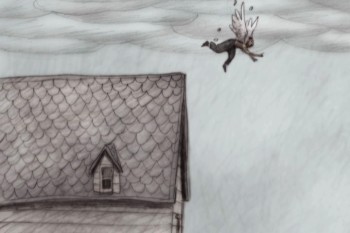 MS: I know that you’re prone to see everything that’s animated. Does the work of big companies, such as Disney, Pixar or Dreamworks affect the way you do your films in any way?
MS: I know that you’re prone to see everything that’s animated. Does the work of big companies, such as Disney, Pixar or Dreamworks affect the way you do your films in any way?
BP: I’m very happy with the success of Blue Sky, Pixar, and Dreamworks. We’re living in an exciting time when we’re seeing 20 or so animated feature films released every year. In the so-called “golden age” of animation 1930-1950, we’d be lucky to see one animated feature every two years.
I believe that the kids who grew up watching “Lion King” or “A Bug’s Life” now want to see animation with adult ideas done in more creative styles, and hopefully these are the people who will line up outside the IFC on October 6th to see “Idiots and Angels”.
MS: Since you’ve started making feature films, others have followed your suit in making their own long films. Does the competition worry you or are you open to it?
BP: In 1991 when I made “The Tune” independent features were a very rare specialty.
Now it seems, thanks to digital technology, that everyone is making their own animated feature and they’re great films: “Sita Sings the Blues”, “My Dog Tulip”, “Queer Duck”. I believe that we need to cultivate this audience for indie animation and show them that there’s some great amazing films being made by small groups of people without major funding!
MS: Do you have another feature in the works?
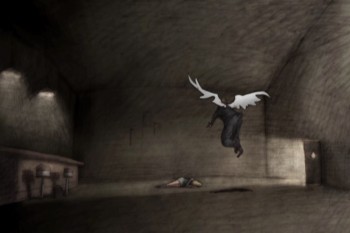 BP: Actually, I have two features I’m working on. One has the working title “Cheatin’” that’s done in a very similar style as “Idiots and Angels” but with a much more exaggerated visual style. I’ve put that on hold while I negotiate financing. In the mean time, I’m working on a flash feature called “Tiffany the Whale”. The script and storyboard are all done and we’re already begun animation. This will be a much lower budget film and may be serialized on the internet.
BP: Actually, I have two features I’m working on. One has the working title “Cheatin’” that’s done in a very similar style as “Idiots and Angels” but with a much more exaggerated visual style. I’ve put that on hold while I negotiate financing. In the mean time, I’m working on a flash feature called “Tiffany the Whale”. The script and storyboard are all done and we’re already begun animation. This will be a much lower budget film and may be serialized on the internet.
Finally Michael, I want to thank you for giving me an opportunity to talk about my films and hopefully make people aware of the thriving indie animation scene. You’ve been an inspiration for me my whole career so it means a lot to me that you’ve give me your support.
MS: I’m always open and available to you, Bill. You’re the insiration for most Independent animators, believe me. How could I not support that!
